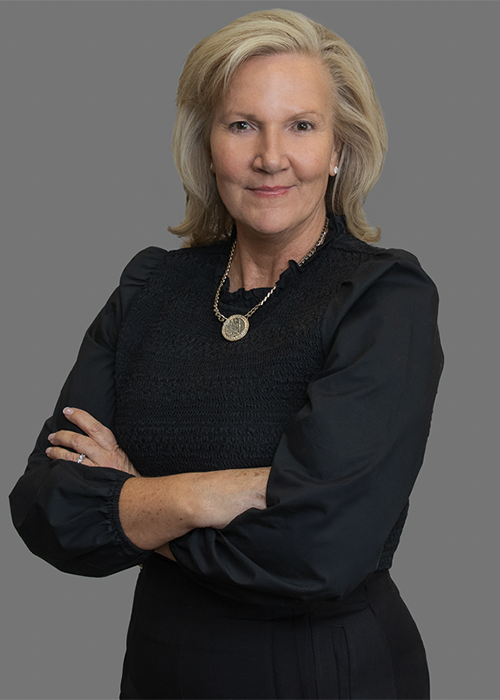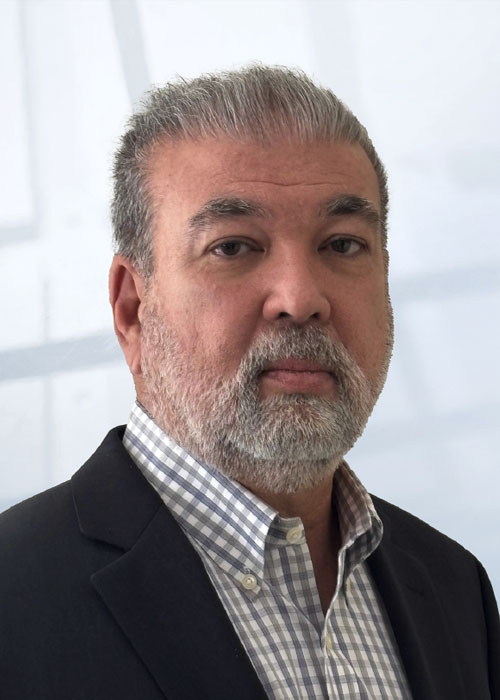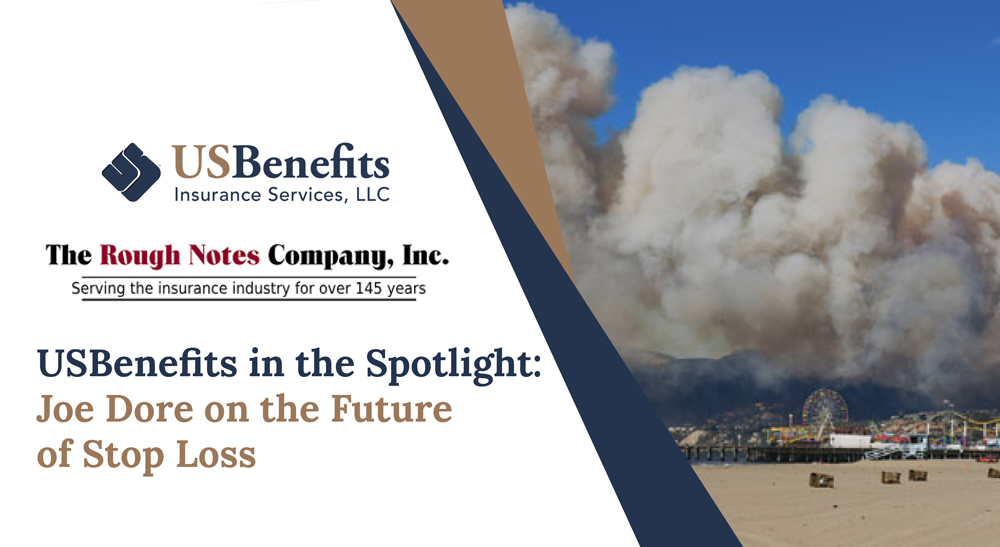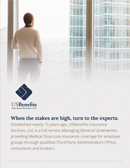Increasingly popular benefits product will come into play in wildfire aftermath
Swirling Santa Ana winds driving several California wildfires have killed more than 20 residents and destroyed $30 billion in property, and by the end of January the devastation was record-breaking. But while the fires were coming under control, the insurance industry was reporting that the losses were not over and healthcare claims could be growing for years, breaking into the stop loss layers of insurance purchased by many employers.
Stop loss insurance, an excess layer of medical insurance coverage over what employers can self-fund, pays for treatment and expenses from losses that exceed what employers can pay directly.
“When the fires are finally under complete control, property insurers will begin to pay claims and people will start rebuilding. But the claims will not be over. The fires leave particulate matter in the air, and other pollution, and the medical claims will be rolling in for years to come,” says Joseph Dore, president of USBenefits Insurance Services, LLC in Irvine, California.
“As businesses look for cost-effective solutions, stop loss insurance provides critical support in controlling expenses and protecting financial health.”
—Michelle Heffernan
Vice President of Operations
One80 Intermediaries

As a result, self-funded employers will be paying for treatment for respiratory illnesses, cancer and other maladies that come from exposure to smoke and chemicals from the fires and those claims are almost certain to pierce the employers’ stop loss deductible levels, he says.
However, these losses may not be enough to firm up the much-needed price increases in stop loss insurance; therefore, it is anticipated that the buyer’s market conditions will continue, Dore says. “There are a lot of variables in stop loss rates but the market will continue to be soft. As a result of the continued downward market pricing pressures, in recent years the stop loss industry has directed its revenue opportunities towards the small business segment as new business opportunities. Regardless of the size of the employer, they are under a lot of pressure to contain their costs, so they are turning more and more to self-funding.”
Once a financial vehicle for only the largest employers, self-funding is now available to employers with as few as a dozen employees, thanks to the availability of stop loss coverage. That said, small employer groups can be underwritten as traditional stop loss or level funded. Regardless of size, the employer’s ability to manage self-insurance is more about risk management and accountability. That is, how employers evaluate their claims data to implement practices and mitigate future losses, he says.
While healthcare costs in general continue to increase, some costs move at a faster pace than others, such as specialty prescription drug costs and specialty treatments. Employer demand to help them reduce their healthcare continues to grow, Dore says.
According to the Health Care Administrators Association (HCAA) in St. Louis, about 61% of employers self-fund all or a portion of their health benefits and employers spend huge amounts of their income on healthcare. The association recently reported consolidated statistics for 2022 indicating that healthcare spending in the United States grew 4.1% to $4.5 trillion. The Centers for Medicare & Medicaid Services (CMS) noted that the increase is more than the 3.2% rise in 2021 but better than the 10.6% increase in the pandemic year of 2020.
Healthcare spending in 2022 accounted for 17.3% of the nation’s total gross domestic product (GDP), which represents a slight improvement from the 17.5% the nation saw in the 2016–2019 time frame. GDP is a measure of the value of goods and services a country produces over a period of time. Among funding sources, federal, state, and local governments accounted for nearly one-half of all spending (48%), according to HCAA research.
Individuals and families paid 28% of the total, with private businesses picking up 18% and other private revenues accounting for the final 6%. Per capita healthcare costs in the United States are roughly double the average in other industrialized nations ($12,555 vs. $6,651) and $4,500 higher than the next most expensive country.
Compared to other industrialized nations, the United States “has the lowest life expectancy, the highest death rates for avoidable or treatable conditions, the highest maternal and infant mortality, and among the highest suicide rates,” according to the Commonwealth Fund.
Additionally, Americans have the highest rate of multiple chronic conditions and nearly twice the obesity rate. Despite the high cost of healthcare, the country has among the fewest number of practicing physicians and hospital beds per 1,000 people, and Americans see these physicians less often than in most other countries.
As a result, employers have turned more to self-funded structures, creating a flood of business for brokers, consultants and intermediaries who specialize in stop loss insurance. But demand for stop loss may be driving rates up.
While insurers and their claims administrators are working hard to contain costs, stop loss rates are still on the rise, up about 9% from last year even higher in high-risk categories, according to Michelle Heffernan, vice
 president of operations at One80 Intermediaries, a medical stop loss specialist in Media, Pennsylvania.
president of operations at One80 Intermediaries, a medical stop loss specialist in Media, Pennsylvania.
“The current economic climate has led to increased healthcare costs due to inflation, rising medical expenses, and high-cost claims. However, these challenges make stop loss coverage more essential than ever,” she explains. “Many employers are proactively seeking stop loss protection to manage risks and navigate economic uncertainties. As businesses look for cost-effective solutions, stop loss insurance provides critical support in controlling expenses and protecting financial health.”
However, the fundamental structure of stop loss coverage has remained consistent, but there has been an increase in flexibility to deliver cost savings, the intermediary says.
“Employers now benefit from customizable options such as no-new-laser rate cap agreements, paid contracts, and experience refunds. By incorporating reference-based pricing and alternative cost containment strategies for prescription drugs, and gene and cell therapy, our coverage solutions are designed to meet clients’ unique needs while managing and reducing overall costs,” Heffernan explains.
Because stop loss coverage is designed to respond to high level claims, the market has evolved a series of programs that bring specialized resources to claims management.
“We provide access to specialized resources such as transplant networks, cost-containment programs, and advanced predictive analytics tools. Service-level agreements (SLAs) and integrated claims processing ensure a seamless experience for policyholders, emphasizing value-added services alongside traditional risk coverage,” she says.

“The [California wildfires] leave particulate matter in the air, and other pollution, and the medical claims will be rolling in for years to come.”
—Joseph Dore
President
USBenefits Insurance Services, LLC
“By integrating these elements, we offer a comprehensive solution that balances risk, coverage, and cost management, giving the confidence and support needed to navigate the complexities of self-funded health plans.”
However, structure is not all that employers need to facilitate their self-funded plans. Stop loss insurance must partner with employer-controlled claims management. “Effective proactive claims management is crucial; it is one of the most significant ways to contain cost,” Heffernan notes.
Good claims management is central to the value of stop loss coverage; effective claims management reduces unnecessary payouts and controls costs for both policyholders and carriers, she says. Proactive oversight, including early intervention, case management, and vendor negotiations, helps mitigate catastrophic claims and improve outcomes.
The company targets the fastest rising categories of claims for ongoing containment. “When prescription drugs are carved out from medical coverage, our claims team merges data monthly, identifies claim filings, and submits claims on client’s behalf, ensuring efficient and accurate claims handling,” Heffernan explains.
Because of the steady increases in costs, new underwriters and stop loss products are still entering the market. In September, Prudential launched a medical stop loss product. Prudential’s Stop Loss product suite is available to employers with self-funded medical and prescription drug plans that cover at least 100 employees.
That includes specific stop loss insurance coverage for medical and prescription drug claims as well as aggregate stop loss insurance for medical, prescription drug, dental, vision, and short-term disability claims.
As more small businesses turn to level-funded healthcare plans to mitigate employee health plan expenses, a new medical stop loss partnership between Nationwide and Arlo will provide options to help them manage costs more effectively, the companies announced in October.
According to the announcement, Arlo in Columbus, Ohio, will serve as a managing general underwriter (MGU) for Nationwide as the company continues to grow its medical stop loss insurance presence and capabilities, providing a level-funded stop loss solution tailored for small businesses. Arlo will partner with a roster of third-party administrators.
For more information:
One80 Intermediaries – one80.com
USBenefits Insurance Services, LLC – usbstoploss.com





